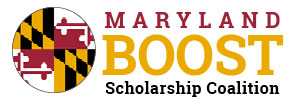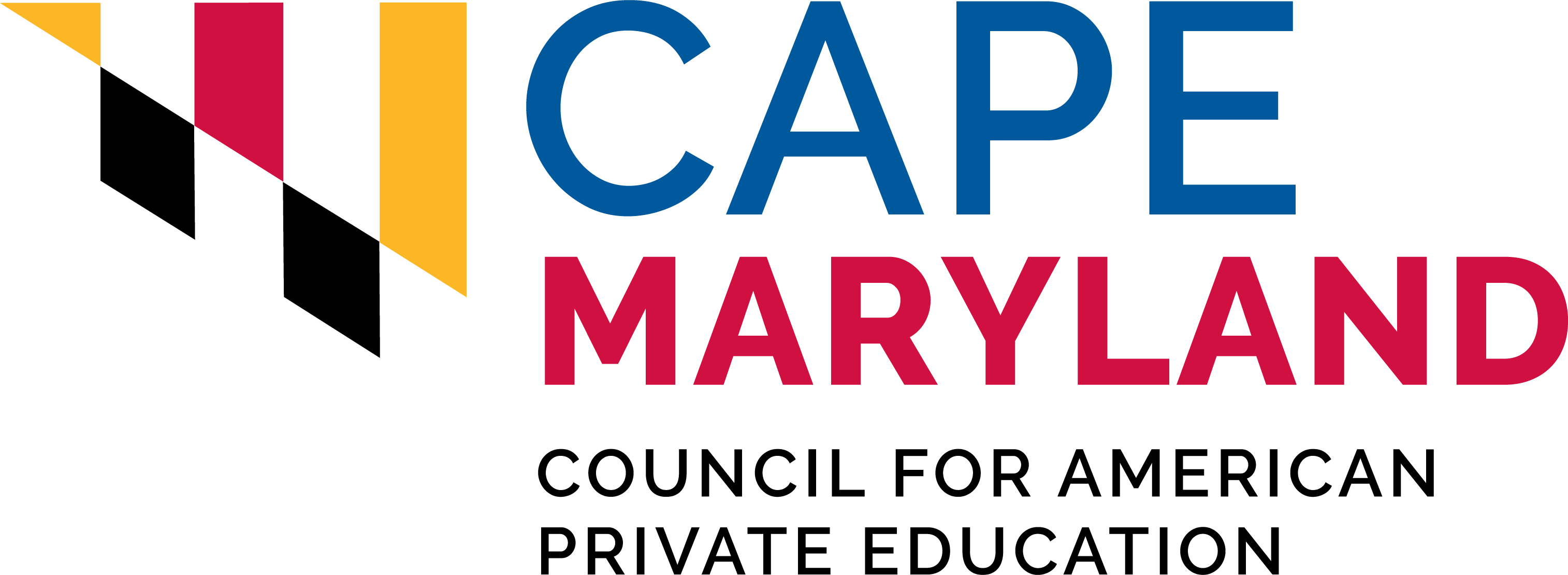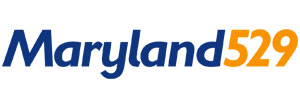Member Resources
Family Financial Programs
BOOST Scholarships
Parents/guardians must apply for 2024-2025 BOOST scholarships by May 3, 2024.
The BOOST Scholarship Program (Broadening Options and Opportunities for Students Today Program) provides scholarships to help income-eligible families choose the educational option in Maryland that is the best fit for their children, including private and faith-based schools.
Current scholarship funding is $9 million per year, but funding must be approved annually by the Maryland General Assembly. BOOST is a popular program. In 2023, $9 million met half of the requested need.
Once funding is set, families apply during a six-week application period in the spring. Typically families are notified in July or August regarding their application.
The Maryland BOOST Scholarship Coalition helps schools, families and supporters advocate for these scholarships each year.

Maryland 529
Maryland 529 college investment accounts also may be used for K-12 qualified education expenses, such as tuition.
Parents, grandparents or other individuals may set up accounts for a child. Distributions of up to $10,000 per year (from all 529 accounts set up for that beneficiary) may be made. Plus, the State offers a contribution of up to $500 for account holders who apply for the contribution by May 31.
School Service Programs
Nonpublic School Health and Security Program
Schools that participated in the BOOST Scholarship Program in FY 2022-23 are eligible for funding toward school nurses, other health services, and school security.
Nonpublic Textbook Program
Textbooks and computer hardware and software are provided on loan to participating nonpublic schools to support families, with higher funding for nonpublic schools that include student enrollment qualifying for free or reduced-price meals.
Nonpublic Aging Schools Program
This program provides schools with funding to assist with renovations and updates to aging infrastructure and school safety measures. Schools with older buildings and significant numbers of low-income students are eligible for higher funding.

